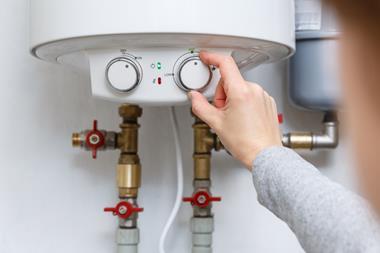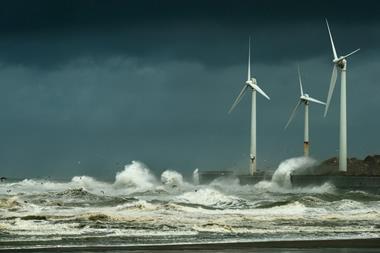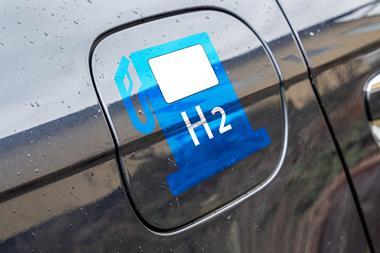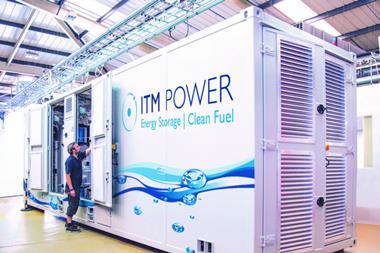A UK trial to blend 20% hydrogen with 80% methane in Keele University’s grid has shown that it’s possible to safely distribute and use hydrogen in a live grid, as well as cope with fluctuations in demand. The 18-month HyDeploy project, which delivered over 42,000m3 of hydrogen to 130 homes and faculty buildings, has already paved the way for a larger trial involving 700 users in north-east England.
The hydrogen was produced via electrolysis, generating no carbon emissions at source, and consumers didn’t have to make any changes to cookers or boilers or pay for the hydrogen used. The consortium behind the project says rolling out a hydrogen blend across the country would enable the development of a hydrogen supply chain, create demand and lower production costs without consumers having to purchase hydrogen appliances.
Supplying a 20% hydrogen mix to the 23 million homes and buildings that are heated by gas across the UK, would avoid some 6 million tonnes of carbon dioxide emissions – or 7% of their current emissions. That the emissions reduction isn’t greater is because by volume, hydrogen carries a third of the energy of methane. Large quantities of renewables would have to be deployed to provide the volumes of hydrogen required, which begs the question why not use the electricity directly to decarbonise homes?
‘Efficiency is not the only value driver for a working energy system, you’ve got to look at resilience – is the energy always there when we need it? We’ve got to look at consumer behaviour and needs – the cost of disruption of getting everybody to install an electric solution over hydrogen. Is it worth it and does it get us [to net zero] at the pace we need?’ asks Angela Needle, director of strategy at gas network provider Cadent, which led the project.
Hydrogen, she adds, ‘would knock the top off peak demand’ and provide seasonal energy storage, or back-up on windless days. Last week the UK had to fire up one of its remaining coal power stations owing to a lack of wind.
The government’s hydrogen strategy, published last month, envisages 5GW of low carbon hydrogen capacity by 2030. It did not set out any one path for decarbonisation of heat because it wants more evidence about the feasibility and requirements for converting gas networks to hydrogen. A decision is expected in 2026 on whether to develop a hydrogen town. Its climate adviser, the Climate Change Committee, says decisions will be required from the mid-2020s on the balance between electrification and hydrogen.

















4 readers' comments